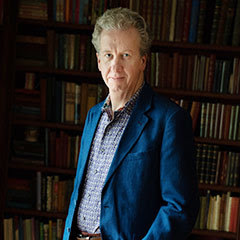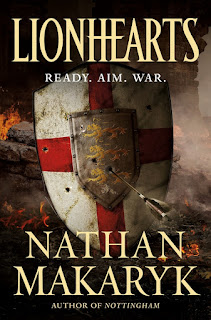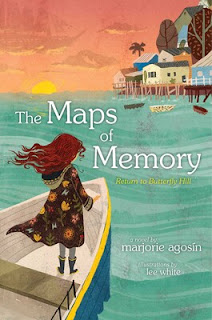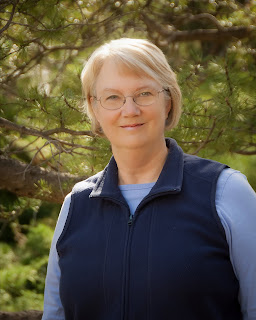
About the book, from the publisher:
The past is about to catch up to Jack Logan and Taylor Parks in this gripping follow-up to The Network—praised by Steve Berry as “mandatory reading for any thriller aficionado.”Visit L. C. Shaw's website.
It’s been almost two years since investigative reporter Jack Logan and television producer Taylor Parks brought down the Institute—the secret facility responsible for indoctrinating a generation of America’s political and media power players. Their lives are just getting back to normal, and Jack and Taylor have settled into married life with their young son, Evan.
But soon a series of bizarre, seemingly random murder/suicides captures Jack’s attention as a disturbing pattern emerges. Could someone be intentionally causing people to become homicidal? At the same time, Taylor is producing a story about a class action suit against a national insurance company that has reached the Supreme Court.
As Jack and Taylor start to suspect that their stories are connected, they realize there is something far more insidious at play that could not only directly threaten them—but the very future of the country…
Coffee with a Canine: Lynne Constantine & Greyson.
Writers Read: L.C. Shaw (December 2019).
The Page 69 Test: The Network.
My Book, The Movie: The Network.
The Page 69 Test: The Silent Conspiracy.
--Marshal Zeringue
















































